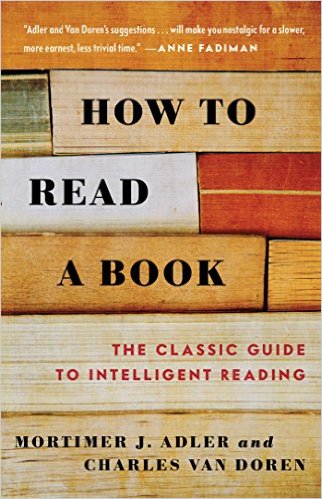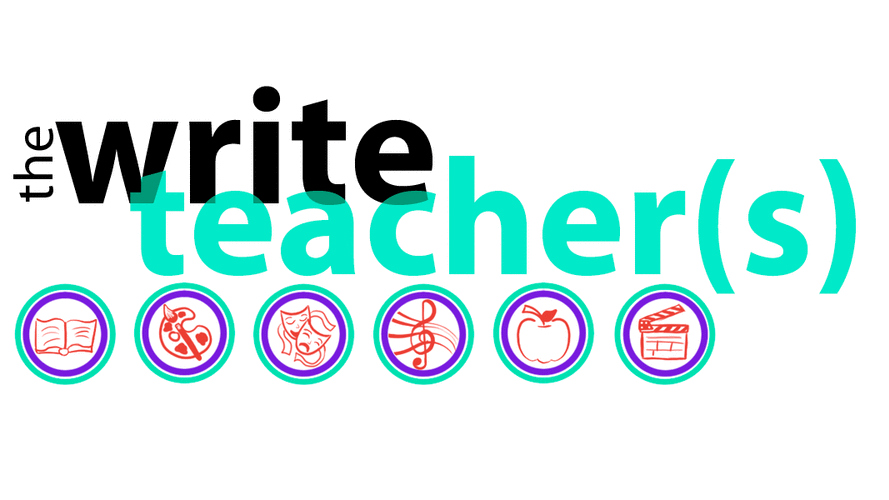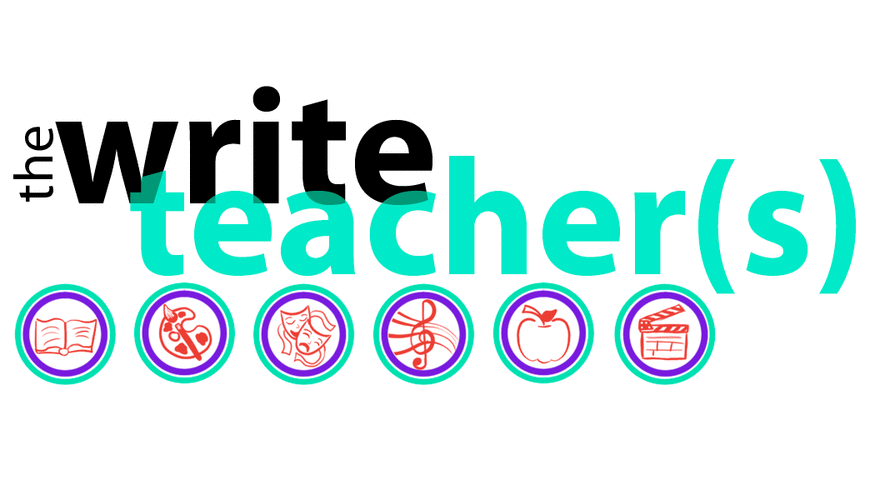The sixth book of Christmas is How to Read a Book: The Classic Guide to Intelligent Reading by Mortimer J. Adler & Charles Van Doren.
This book is arguably more complicated than any of the other books we are featuring for the 12 Days of Books. This book is not a primer to teach you the alphabet or grammar, it is about reading to retain and understand and critique.
Adler and Ven Doren describe four levels of reading:
- Elementary Reading
- Inspectional Reading
- Analytical Reading
- Syntopical Reading
While the authors discuss all four, most of the book is spent focused on level three.
Rules for Analytical Reading:
The First Stage of Analytical Reading: Rules for Finding What a Book is About
- Classify the book according to kind and subject matter.
- State what the whole book is about with the utmost brevity.
- Enumerate its major parts in their order and relation, and outline these parts as you have outlined the whole.
- Define the problem or Problems the author has tried to solve.
The Second Stage of Analytical Reading: Rules for Interpreting a Book’s Contents
- Come to terms with the author by interpreting his key words.
- Grasp the author’s leading propositions by dealing with his most important sentences
- Know the author’s arguments, by finding them in, or constructing them out of, sequences of sentences.
- Determine which of his problems the author has solved, and which he has not; and of the latter, decide which the author knew he had failed to solve.
The Third State of Analytical Reading: Rules for Criticizing a Book as a Communication of Knowledge
- Do not begin criticism until you have completed your outline and your interpretation of the book. (Do not say you agree, disagree, or suspend judgment until you can say “I understand.”)
- Do not disagree disputatiously or contentiously.
- Demonstrate that you recognize the difference between knowledge and mere personal opinion by presenting good reasons for any critical judgment you make.
- Show wherein the author is uninformed.
- Show wherein the author is misinformed.
- Show wherein the author is illogical.
- Show wherein the author’s analysis or account is incomplete.
Adler and Van Doren offer sage advice in this book. They encourage readers to read a book, absorb it, understand it, question it, critique it, talk about it. The authors spend a lot of time talking about interacting with an author, marking up a book. They also spend a lot of time talking about distractions.
When I was reading the book, I kept wondering what Adler and Van Doren would think of the internet. How to Read a Book was written in 1940 and published in 1972. What would their advice be for readers today?
The authors make the argument that, “Any good argument can be put into a nutshell.” If they were writing this book in 2016 (especially in 2016), I think they would reevaluate that opinion. While a good argument can be summarized, I don’t believe that it can necessarily be put into a nutshell. In fact, I believe our desperate need for sound bites has gotten us where we are today – a culture filled with readers who consume the “nutshell” without understanding the bigger argument.
Here are a few passages that illustrate this point:
“Most people think that winning the argument is what matters, not learning the truth.” – p. 145
A reader MUST take a position, and that position must be informed.
If you are serious about becoming an analytical reader, a reader who consumes material better, this book is for you.
Be warned: If you decide to read this book in public, be prepared for snide comments about reading a book that teaches you how to read. Be prepared for strange looks when you try to explain that it’s a book that shows how to better comprehend what you read an analyze arguments. Trust me, I speak from experience.
Live, Love, Learn,
Candice & The Write Teacher(s)
p.s. – be sure to catch some Cbristmas cheer at Feinstein’s/54 Below tomorrow, December 7th at 7PM! The Ugly Christmas Sweater Soiree is a blast for all – tickets are available here.


